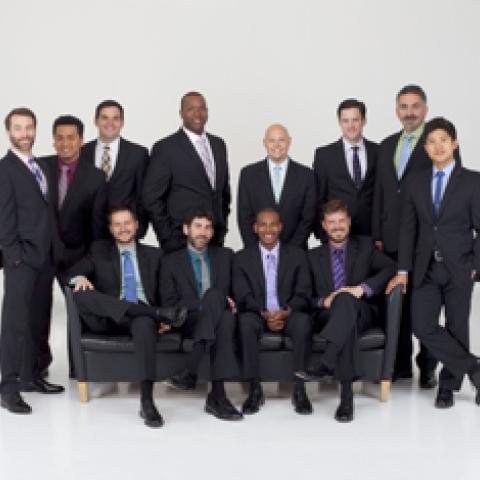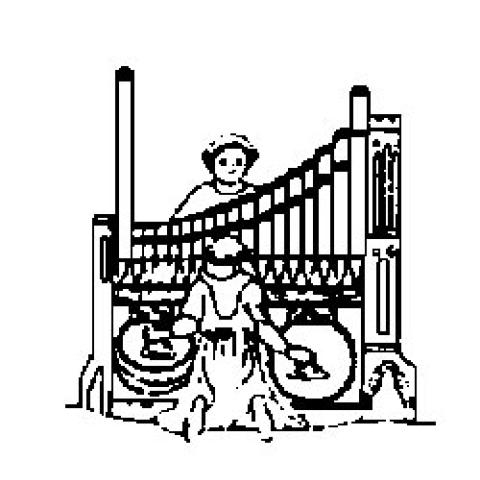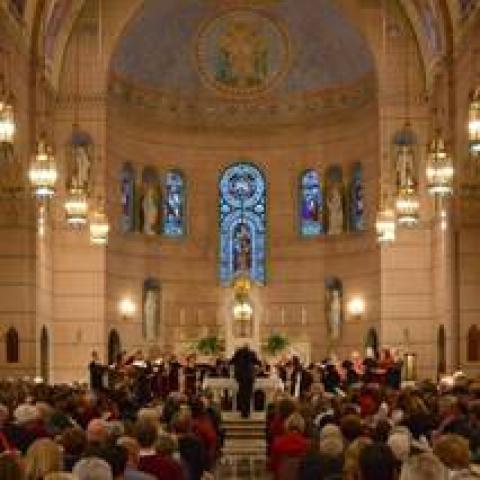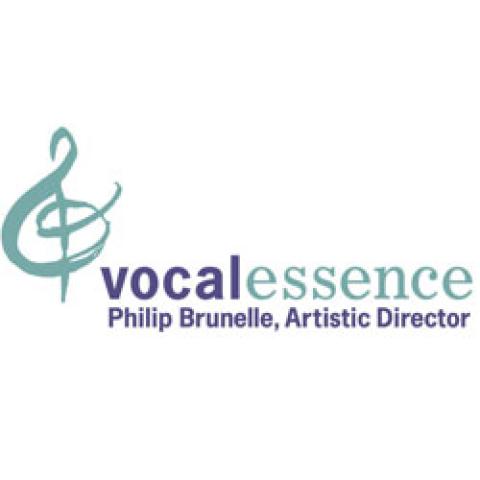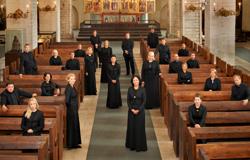
The opening concert in this year’s 2013–2014 Great Music in a Great Space concerts will feature a performance by the Estonian Philharmonic Chamber Choir, on Tuesday, November 19 at 7:30 pm in St. Peter in Chains Cathedral, Cincinnati.
For their U.S. tour (November 1–22) the concert program will feature choral works by Estonian composers Mart Saar, Cyrillus Kreek, Veljo Tormis and Arvo Pärt. The program will be conducted by Daniel Reuss, current artistic director.
The Estonian Philharmonic Chamber Choir (EPCC) was founded in 1981 by Tõnu Kaljuste, who was the artistic director and chief conductor for twenty years. During 2001–2007 his work was continued by Paul Hillier. Since 2008 the artistic director and chief conductor is Daniel Reuss from Holland. For further information, visit the choir’s website: http://www.epcc.ee
Tickets are available through the cathedral box office at or by calling the cathedral concert line at 513/421-2222 or on-line at http://www.stpeterinchainscathedral.org
For further information, contact Anthony DiCello, Cathedral Music Director at 513/421-2222.

